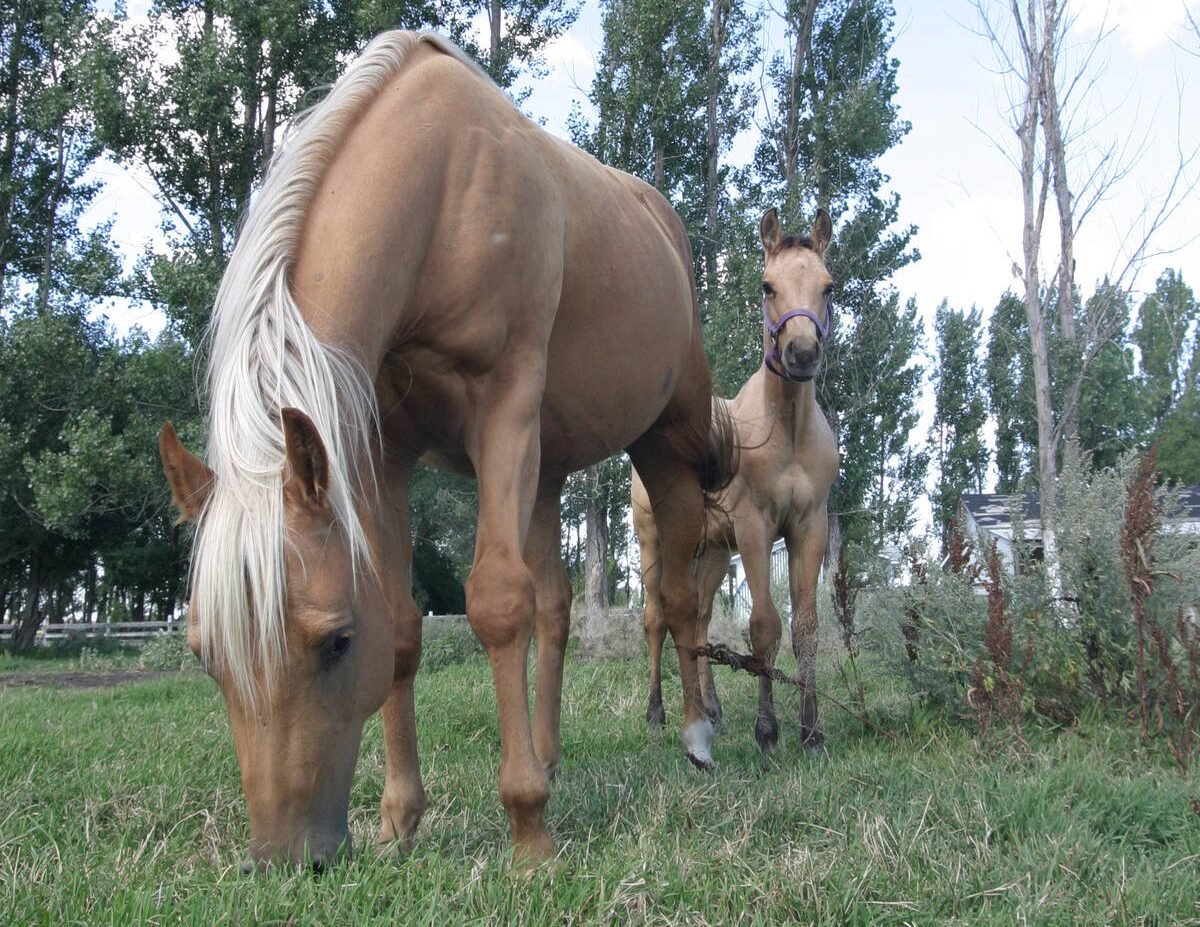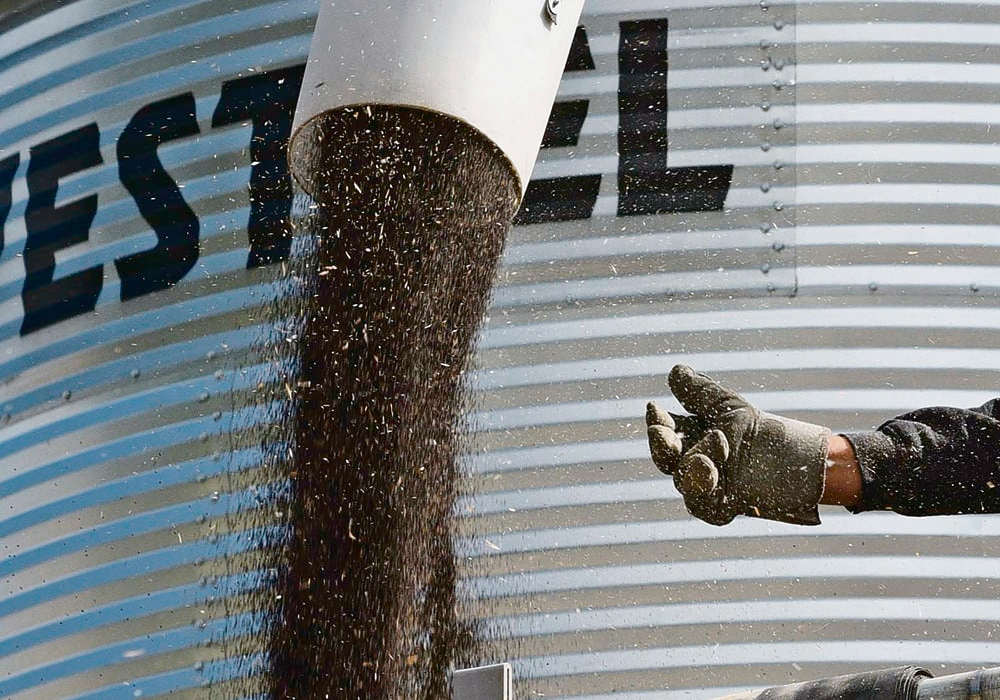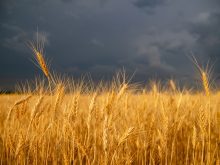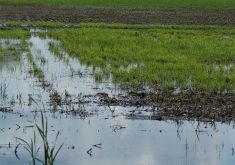The years of no-brainer cropping options appear to have ended, at least for now. The growing season ahead doesn’t offer the certain profits of previous times.
Weather and markets are unpredictable, but in recent years you could contract a profitable price on many crops and with correspondingly high crop insurance prices, you could go a long way to ensuring a return that would cover variable and fixed expenses.
Many producers swore off crop contracts after being burned in 2021. It was the perfect storm of a widespread crop failure on top of rising prices. Those who were too aggressive on their contract positions lost considerable amounts of money.
Read Also

Growth plates are instrumental in shaping a horse’s life
Young horse training plans and workloads must match their skeletal development. Failing to plan around growth plates can create lifelong physical problems.
In canola, options contracts rather than deferred delivery contracts can mitigate risk. In pulse and specialty crops, contracts with an act of God clause are widely available.
In areas like mine, that have had consecutive years of poor crops, crop insurance coverage becomes the revenue floor. Lock in a profitable price on part of your expected production, buy crop insurance coverage and hope you don’t need it. Either way, you’re a winner.
Of course, if the weather is favourable and prices remain high, you don’t need a crop contract or crop insurance to be profitable. In fact, you can be more profitable without.
However, for those who desire some certainty, the last few years had options to remove a lot of financial stress well before the crop went into the ground.
The picture is decidedly bleak for 2025. Many prices are down and contract price options are either unavailable or unattractive.
For example, mustard prices were at astronomical levels a few years ago. If you wanted price security, contract prices could supply that in spades.
That changed in 2024. Contract prices kept dropping as seeding approached and market prices are now decidedly unprofitable.
Much of the mustard produced in 2024 will remain in storage in hopes of better prices at some future date. Seeded acreage is set to crash for this boom-and-bust crop.
The large acreage crops haven’t seen such dramatic price drops, but the same trend exists.
Canola prices have been volatile with uncertainly over what will transpire after Donald Trump’s Jan. 20 inauguration. The industry is also holding its collective breath over possible Chinese tariffs.
When the crop insurance price for canola was $17 to $19 a bushel, it became one of the no-brainers. That support helped maintain canola acreage in dry regions. What will the crop insurance price guarantee be for 2025? Based on prices from the futures market, we can perhaps expect $13 or $14 unless something changes in the next month or two.
At that price, canola may still pencil out quite well versus many other cropping options, which just goes to show how the entire grain complex isn’t so pretty anymore.
Wheat prices have been dropping, although durum has shown more strength than many anticipated. There’s nothing much to get excited about with barley, oats, flax or yellow peas.
Green lentils have held up well, but new crop contracts are not readily available. New crop prices won’t be as high as current prices, but may still be attractive. Green lentils, led by large greens, aren’t grown much in the black soil zone, but if contract prices look good, acreage will be up as producers switch from reds to greens.
Other than that, the sure-profit outlook looks decidedly desolate.
Kevin Hursh is an agricultural journalist, consultant and farmer. He can be reached by e-mail at kevin@hursh.ca.
















